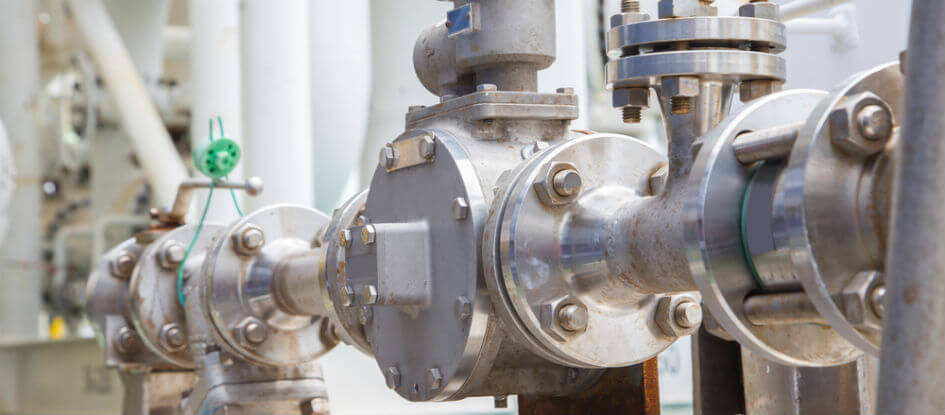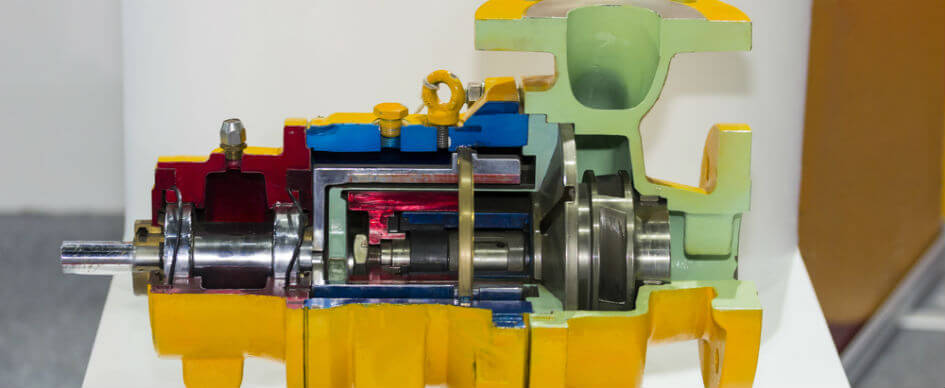
What’s the Difference Between Centrifugal and Positive Displacement Pumps?
When it comes to choosing the right industrial pump to suit a specific application, there is two main families to choose from: centrifugal and positive displacement. Both types of pump offer a number of benefits and areas of application. However, choosing the wrong pump could result in process failure and a poor return on investment.
For this reason, it is essential to understand the differences between centrifugal and positive displacement pumps, and which one will be suitable for the application at hand.
Difference Between Centrifugal and Positive Displacement Pumps
In this article, you’ll explore positive displacement pump vs. centrifugal pump and learn how to make the right decision.
What is a Centrifugal Pump?
Centrifugal pumps are possibly the most common type of pump available today. They offer a range of benefits, including:
- High efficiency
- Design simplicity
- A wide range of capacity and head
- Ease of operation and maintenance
- Smooth flow rate
- Compact construction compared to other pumps
Centrifugal pumps are also very simple in design and contain few moving parts. This makes them cost efficient when it comes to industrial pump maintenance.
They are also well suited for applications where the continuous running of the pump is necessary.
Due to their simplistic design, it is possible to produce centrifugal parts in a range of materials, including plastics for light duties and stainless steel for hygienic or corrosive applications. This flexibility in design and construction also means that they are suitable for dealing with a wide range of different fluids.

Centrifugal Pump Uses
As their name suggests, centrifugal pumps operate by using centrifugal force. Centrifugal pump applications include commercial, residential, municipal and industrial applications and offer high flow rates and efficient pumping of liquids with a low viscosity. Some of these applications may include water circulation, general water supply, air conditioning, and irrigation.
What is a Positive Displacement Pump?
Positive displacement pumps are usually selected for more difficult applications where a centrifugal pump would fail to operate. They offer several benefits, including:
- The ability to handle liquids with a higher viscosity at high pressure
- Their ability to operate at lower flow rates
- The option to run at any point in the curve
- Efficiency that is not affected by pressure
Positive displacement pumps can operate efficiently even when they encounter variations in viscosity, flow, and pressure. Unlike centrifugal pumps, they are also able to operate efficiently away from the center of the curve. The flow rate on a positive displacement pump remains at a constant flow and is a good solution for dosing applications that require accurate metering.
Positive Displacement Pump Uses
Positive displacement pumps, because of their ability to deal with high viscosity liquids, are most suited to the transfer of oil, sewage, slurry, and pastes. They are also excellent at handling materials that contain a high volume of solids, such as waste oils and groundwater.
Industrial Pumps You Can Trust
DXP offers a wide range of industrial pumps that are designed to perform beautifully for many years and offer the highest standard of service. We would be delighted to speak with you to find out more about your application and to recommend the ideal pump to suit your requirements.
Contact DXP today to learn more about our solutions and how we can help you to maximize productivity while reducing operating and maintenance costs across your business.

